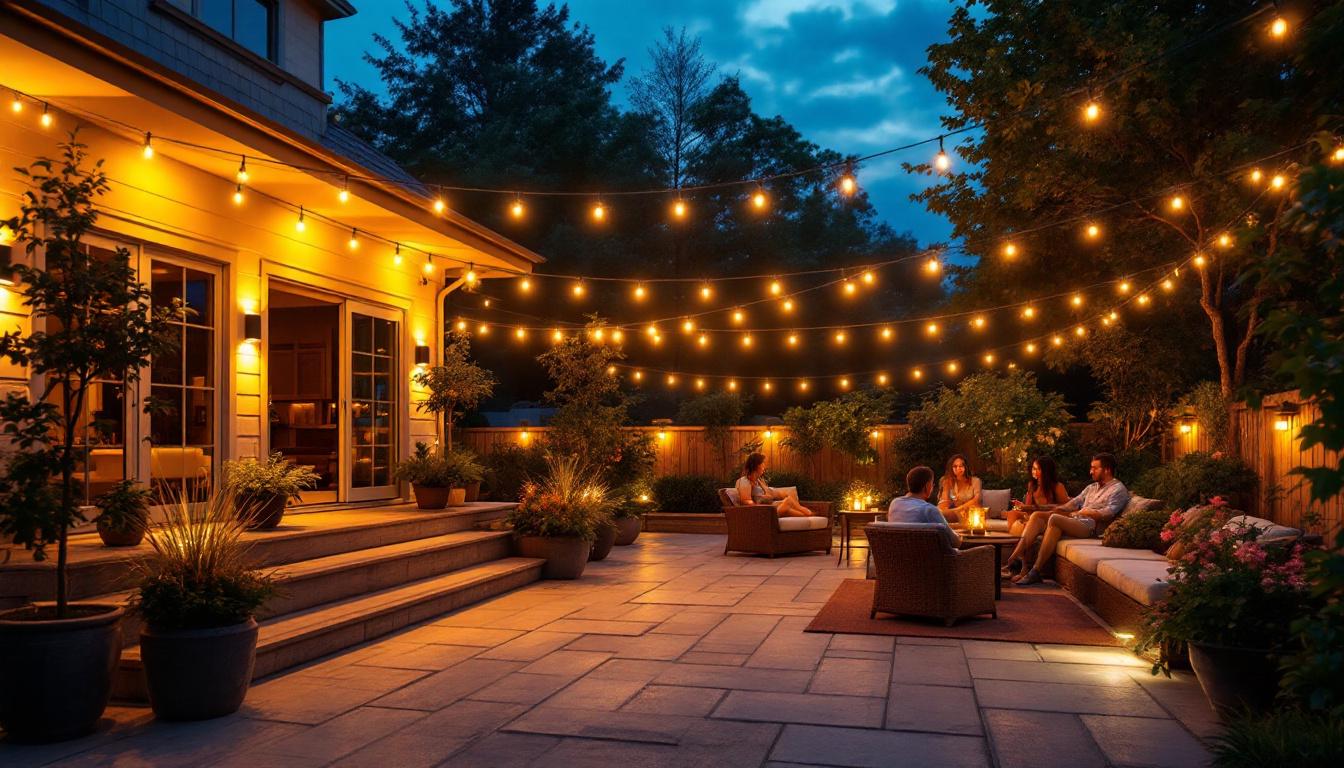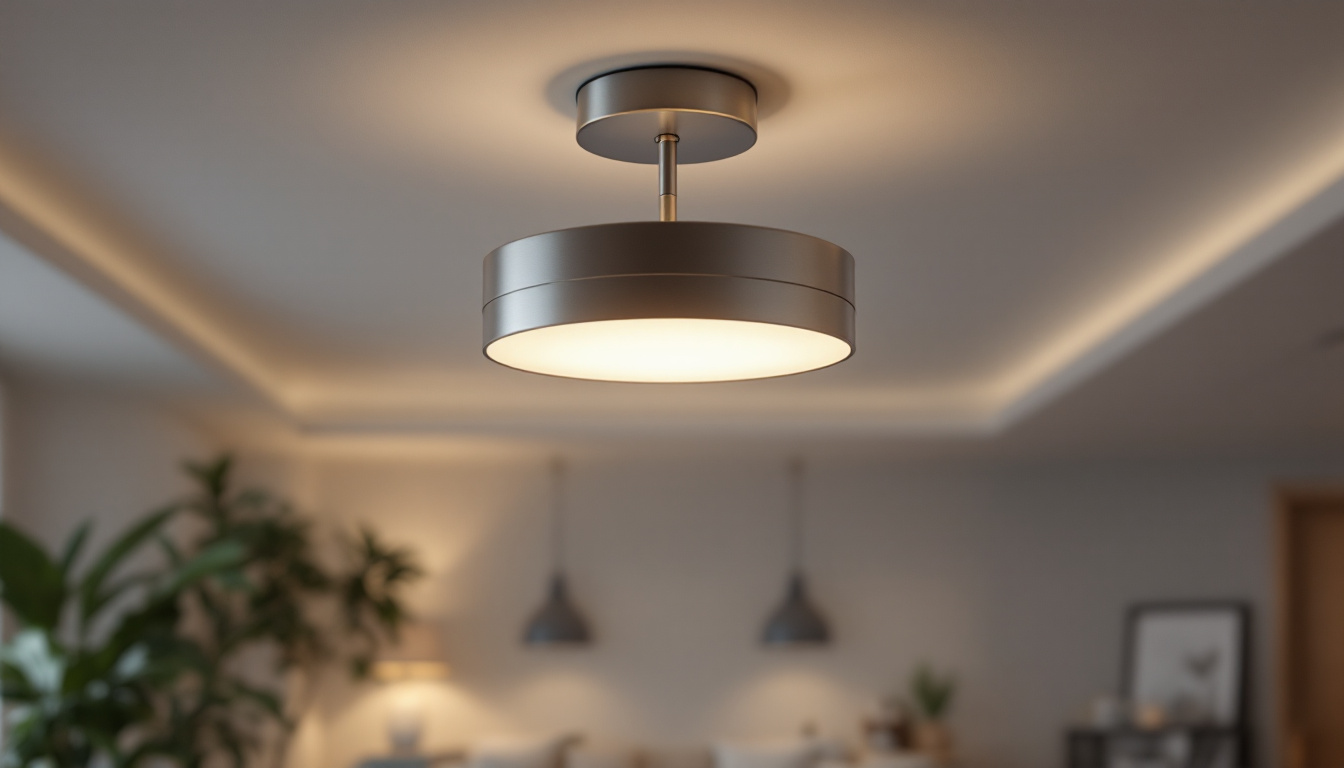
Lighting a pole barn effectively requires a blend of functionality, aesthetics, and safety. For lighting contractors, understanding the nuances of pole barn lighting can significantly enhance the quality of their work and the satisfaction of their clients. This article outlines essential do’s and don’ts that every lighting contractor should consider when designing and installing lighting systems in pole barns.
Before diving into the specifics of installation, it’s crucial to grasp the fundamentals of pole barn lighting. A pole barn, often used for agricultural, storage, or recreational purposes, presents unique challenges and opportunities for lighting design. Proper lighting not only enhances functionality but also contributes to safety and aesthetics, making it an essential aspect of any pole barn setup.
The first step in any lighting project is assessing the space. Pole barns can vary significantly in size, layout, and purpose. Understanding the dimensions and intended use of the barn will guide the selection of appropriate lighting solutions. For instance, a barn used for livestock may require different lighting considerations compared to one used for equipment storage or as a workshop.
Consider factors such as ceiling height, the presence of windows, and any obstructions that might affect light distribution. This assessment will help in determining the type and placement of fixtures needed to achieve optimal illumination. Additionally, think about how the space will be used at different times of the day. For example, if the barn is frequently utilized during early morning or late evening hours, incorporating natural light solutions, such as skylights or strategically placed windows, can enhance the overall lighting experience while reducing energy costs.
Once the space is assessed, the next step is selecting the right fixtures. LED lights have become the preferred choice for many contractors due to their energy efficiency, longevity, and low heat output. Additionally, they are available in various styles and brightness levels, making them versatile for different applications. From high bay lights for lofty ceilings to wall-mounted fixtures for lower areas, the options are plentiful.
It’s also essential to consider the color temperature of the lights. Warmer tones may be more suitable for recreational areas, while cooler tones can enhance visibility in workspaces. Understanding the specific needs of the barn will guide fixture selection. Moreover, think about incorporating dimmable options or smart lighting systems that allow for adjustments based on the activity being performed. This flexibility can significantly improve the usability of the space, catering to everything from casual gatherings to intensive work tasks, while also promoting energy savings when full brightness isn’t necessary.
Implementing effective lighting strategies requires adherence to best practices. Here are some essential do’s that lighting contractors should follow.
Layered lighting involves combining different types of lighting to create a balanced and functional environment. This technique typically includes ambient, task, and accent lighting. Ambient lighting provides overall illumination, task lighting focuses on specific areas where activities occur, and accent lighting highlights architectural features or displays.
In a pole barn, ambient lighting can be achieved through overhead fixtures, while task lighting can be installed over workbenches or equipment areas. Accent lighting can enhance the barn’s aesthetic appeal, especially in recreational spaces. For instance, using pendant lights above a gathering area can create a warm and inviting atmosphere, perfect for socializing or hosting events. Additionally, strategically placed LED strip lights along shelves or beams can draw attention to unique features, such as handcrafted items or vintage tools, adding character to the space.
Energy efficiency is a critical consideration in modern lighting design. By choosing energy-efficient fixtures, contractors can help clients save on electricity bills while also reducing their carbon footprint. LED lights, as mentioned earlier, are a prime example of energy-efficient options.
In addition to selecting efficient fixtures, incorporating smart lighting controls can further enhance energy savings. Dimmers, motion sensors, and timers can optimize lighting usage based on occupancy and time of day. For example, installing motion sensors in areas that are not frequently used, such as storage rooms or tool sheds, can ensure that lights are only activated when someone is present, significantly reducing energy waste. Moreover, educating clients on the benefits of energy-efficient lighting can foster a more sustainable mindset, encouraging them to consider their overall energy consumption and its impact on the environment.
proper placement of lighting fixtures is vital for achieving the desired illumination levels. Fixtures should be installed at appropriate heights and distances to avoid dark spots and ensure even light distribution throughout the barn.
Consider the activities that will take place in the barn when determining fixture placement. For example, areas designated for machinery may require brighter, more focused lighting, while social or recreational areas may benefit from softer, ambient lighting. Additionally, it’s important to take into account the layout of the barn and any potential obstructions that could cast shadows. Using adjustable fixtures can provide flexibility, allowing for changes in lighting direction as needs evolve. Furthermore, incorporating natural light sources, such as skylights or large windows, can complement artificial lighting, creating a more dynamic and inviting environment while also enhancing energy efficiency during daylight hours.
While there are many best practices to follow, there are also common pitfalls that lighting contractors should avoid. Here are some critical don’ts to keep in mind.
Safety should always be a top priority when designing and installing lighting systems. Overlooking safety standards can lead to hazardous conditions for users. Ensure that all fixtures are rated for the specific environment in which they will be installed.
For example, if the pole barn is used for agricultural purposes, fixtures should be resistant to moisture and dust. Additionally, all electrical installations should comply with local codes and regulations to prevent accidents and ensure safe operation. Furthermore, it is essential to consider the placement of fixtures to minimize glare and shadows, which can create unsafe working conditions, especially in areas where machinery is operated. Regular safety audits can also help identify potential hazards before they become serious issues.
Using inadequate wiring can lead to serious issues, including electrical failures and fire hazards. It’s crucial to select wiring that can handle the electrical load of the installed fixtures. This is especially important in larger pole barns where multiple fixtures may be in use simultaneously.
Consulting with a licensed electrician can help ensure that the wiring is appropriate for the lighting system being installed. Properly sized wiring will enhance the safety and longevity of the lighting installation. Additionally, consider using wiring that is rated for outdoor use if the pole barn is exposed to the elements. This can help prevent deterioration over time and reduce the risk of electrical shorts or failures. Implementing surge protection devices can also safeguard the lighting system from power spikes, further enhancing its reliability.
Maintenance is a critical aspect of any lighting system, yet it is often overlooked during the installation phase. Contractors should consider the long-term maintenance needs of the fixtures they are installing. This includes accessibility for bulb replacement and cleaning.
Choosing fixtures that require minimal maintenance can save clients time and money in the long run. Additionally, providing clients with a maintenance schedule can help ensure that the lighting system remains functional and efficient over time. It’s also beneficial to educate clients on the importance of regular inspections, as this can help catch issues like flickering lights or dimming that may indicate a need for replacement or repair. Moreover, using LED fixtures can significantly reduce maintenance frequency due to their longer lifespan compared to traditional bulbs, making them a smart investment for pole barn lighting solutions.
As lighting technology continues to evolve, contractors have access to advanced techniques that can enhance pole barn lighting further. These techniques can improve functionality and aesthetics while offering additional benefits.
smart lighting solutions are becoming increasingly popular in various applications, including pole barns. These systems allow for remote control and automation of lighting, providing users with greater flexibility and convenience.
By integrating smart technology, contractors can offer clients the ability to control their lighting through mobile apps or voice commands. This can be particularly beneficial in large pole barns where accessing switches may be inconvenient.
Incorporating natural light into pole barn designs can significantly enhance the overall lighting quality. Skylights, windows, and translucent panels can allow daylight to penetrate the space, reducing the need for artificial lighting during the day.
Natural light not only improves visibility but also creates a more inviting atmosphere. Contractors should consider the orientation of the barn and the placement of windows to maximize natural light exposure.
The color and design of the lighting fixtures can impact the overall aesthetic of the pole barn. Selecting fixtures that complement the barn’s architecture and purpose can enhance its visual appeal.
Additionally, the use of colored lighting can create unique effects for special events or activities. For example, using colored LEDs can transform a pole barn into a festive space for gatherings or celebrations.
Lighting a pole barn is a multifaceted task that requires careful consideration of various factors, from functionality to aesthetics. By following the do’s and don’ts outlined in this article, lighting contractors can create effective and safe lighting solutions that meet their clients’ needs.
As technology continues to evolve, staying informed about the latest advancements in lighting design will enable contractors to offer innovative solutions that enhance the value of their services. Ultimately, a well-lit pole barn not only improves usability but also contributes to a more enjoyable and productive environment.
By prioritizing safety, efficiency, and aesthetics, lighting contractors can ensure that their projects stand out and provide lasting satisfaction to their clients.
Ready to elevate your lighting installations with the highest quality fixtures at the best value? Look no further than LumenWholesale. Our extensive selection of spec-grade lighting products is designed to meet the diverse needs of your pole barn projects, ensuring you deliver both functionality and style without breaking the bank. Say goodbye to local distributor markups and hello to unbeatable wholesale prices, free shipping, and the convenience you deserve. Make your next project shine and experience the best in wholesale lighting with LumenWholesale.

Discover how lighting contractors can elevate their projects with innovative patio LED lighting solutions.

Discover the essential insights into bollard lights with our comprehensive guide addressing lighting contractors’ most common questions.

Discover the essentials of semi flush lights with our comprehensive guide tailored for lighting contractors.

Discover how LED tubes are revolutionizing the lighting industry, offering energy efficiency, cost savings, and enhanced versatility for contractors.